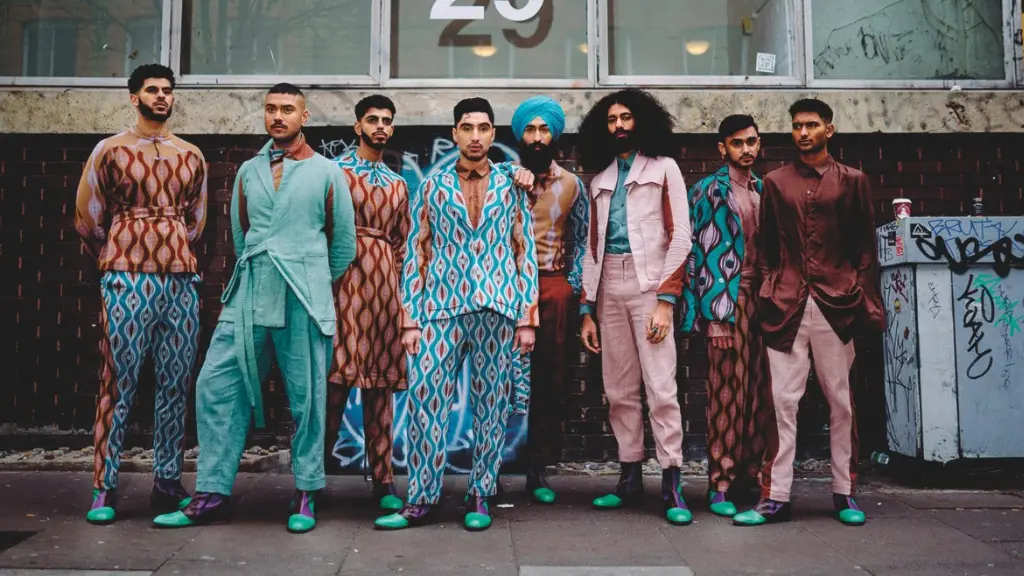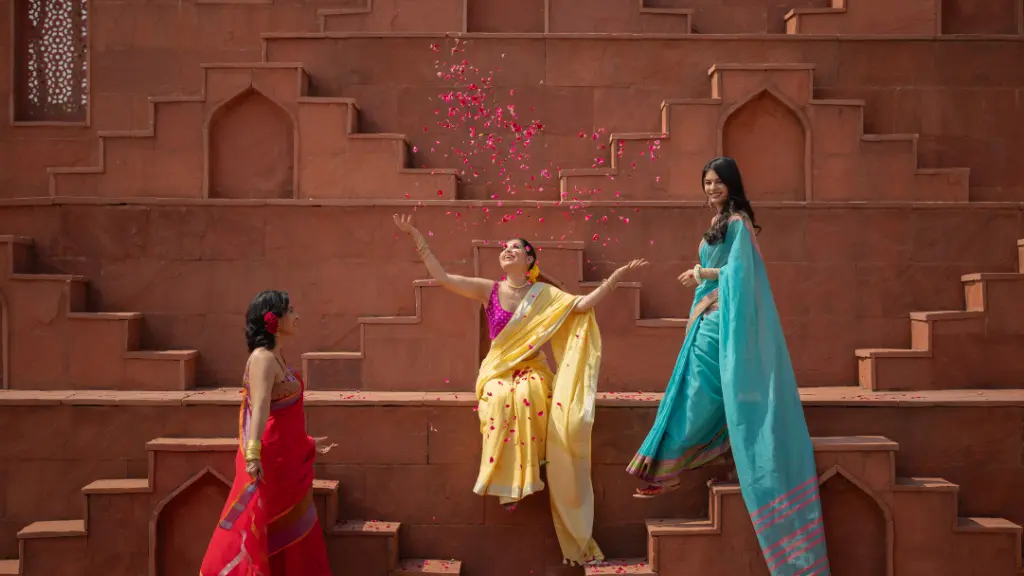Rahemur Rahman is not just a fashion designer; he’s a storyteller, activist, and cultural ambassador. Born to Bangladeshi parents in East London, Rahman has redefined the narrative around South Asian heritage in British fashion.
Through his work, he blends tradition and modernity while addressing issues like identity, representation, and sustainability. Here’s how Rahman is making an impact.
You May Also Like: Top Things to Do in Puerto Vallarta
A Journey Rooted in Heritage
Rahemur Rahman grew up in a Bangladeshi immigrant family in London. His upbringing was steeped in South Asian culture, which became a cornerstone of his creative vision.
- Educational Background: Rahman studied fashion at Central Saint Martins, one of the world’s leading art schools.
- Finding His Voice: His early work focused on integrating South Asian textiles and craftsmanship into contemporary fashion.
Rahman’s designs celebrate the rich history of Bangladeshi weavers, ensuring their techniques are preserved and appreciated globally.
Bringing South Asian Identity to the Forefront
South Asians have long been underrepresented in Western fashion. Rahman challenges this through collections that speak to his heritage.
- Innovative Use of Textiles: He uses traditional materials like Jamdani and handwoven fabrics, showcasing the artistry of Bangladeshi craftsmen.
- Storytelling Through Fashion: Each collection tells a story, often inspired by his personal experiences or Bangladeshi history.
For Rahman, fashion isn’t just about aesthetics—it’s a way to honor his roots and inspire future generations of South Asians in creative fields.
Fashion as Activism
Rahman believes that fashion can be a tool for activism. He uses his platform to address social and political issues, especially those affecting marginalized communities.
- Representation Matters: Rahman actively works to diversify the fashion industry. His runway shows feature models of various ethnicities, body types, and genders.
- Highlighting Labor Practices: By collaborating with Bangladeshi artisans, he sheds light on the labor that goes into fast fashion and advocates for ethical production.
Rahman’s work is a call to action for a more inclusive and sustainable fashion industry.
Sustainability at the Core
Rahman’s commitment to sustainability is evident in every aspect of his work.
- Ethical Sourcing: His fabrics are sourced directly from Bangladeshi weavers, ensuring fair wages and ethical practices.
- Upcycling and Waste Reduction: Rahman incorporates waste materials into his designs, reducing environmental impact.
- Local Craftsmanship: By working with artisans, he supports local economies while promoting traditional techniques.
His approach highlights the intersection of sustainability and cultural preservation, proving that fashion can be both ethical and beautiful.
Breaking Barriers in British Fashion
Rahman’s rise in the British fashion scene hasn’t been without challenges. As a Bangladeshi designer, he’s had to navigate systemic barriers.
- Overcoming Bias: Breaking into an industry dominated by Eurocentric aesthetics wasn’t easy. Rahman’s success is a testament to his talent and resilience.
- Recognition and Awards: He has received accolades for his innovative designs, including a nomination for the prestigious International Woolmark Prize.
- Mentorship: Rahman mentors emerging designers from diverse backgrounds, ensuring they have the tools to succeed.
Highlights of Rahemur Rahman’s Work
- Debut Collection (2019): Rahman’s first collection debuted at London Fashion Week. It featured handwoven Bangladeshi fabrics and celebrated his cultural roots.
- Collaborations: He has partnered with brands and organizations to amplify South Asian voices in fashion.
- Exhibitions: Rahman’s work has been showcased in galleries and museums, furthering the dialogue around fashion and identity.
Why Rahemur Rahman’s Work Matters
Rahman’s designs are more than clothes—they’re cultural artifacts.
- Preserving Heritage: By spotlighting Bangladeshi craftsmanship, he ensures these traditions are not lost to time.
- Challenging Norms: Rahman’s success challenges stereotypes about what South Asian designers can achieve in the West.
- Inspiring Change: His activism pushes the industry toward greater inclusivity and sustainability.
What’s Next for Rahemur Rahman?
Rahman continues to innovate, with plans to expand his influence globally. His future projects include collaborations with international designers and efforts to integrate technology into traditional textile production.
Conclusion
Rahemur Rahman is redefining British fashion by making space for South Asian stories. His work proves that fashion can be a powerful tool for activism, cultural preservation, and social change.
Through his innovative designs and commitment to sustainability, Rahman has become a trailblazer. He’s not just shaping the future of fashion—he’s inspiring a generation to embrace their identity and create with purpose.
Which aspect of Rahemur Rahman’s journey inspires you the most? Let us know in the comments!












[…] You May Also Like: Rahemur Rahman: Championing South Asian Representation in British Fashion […]